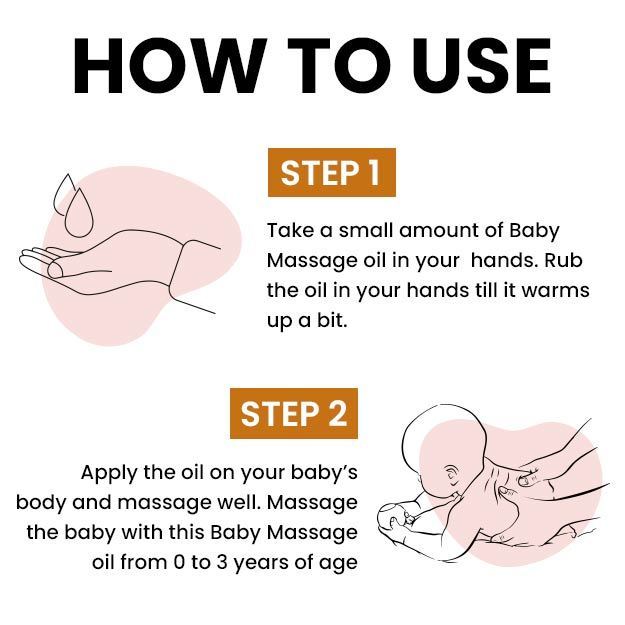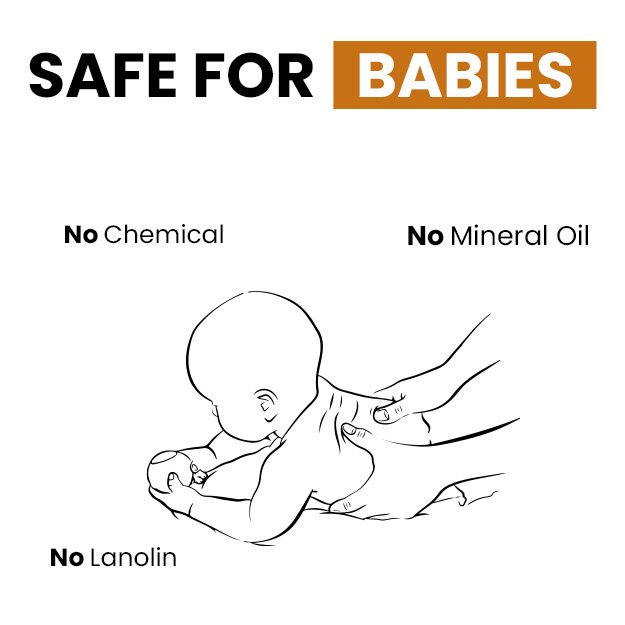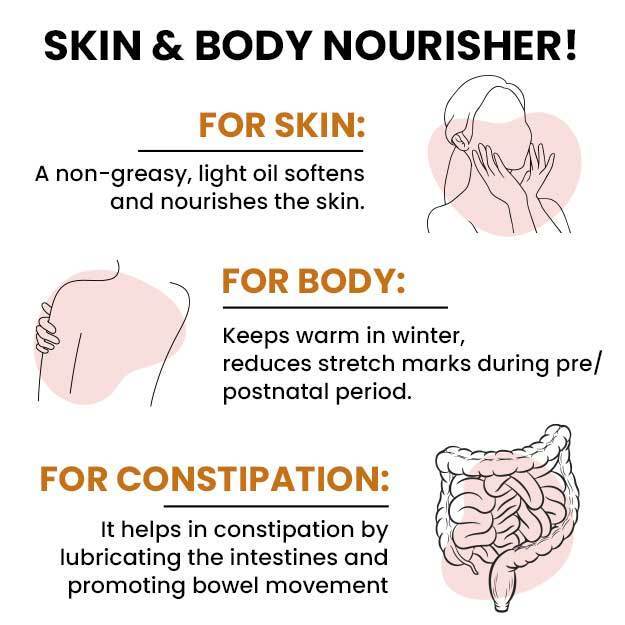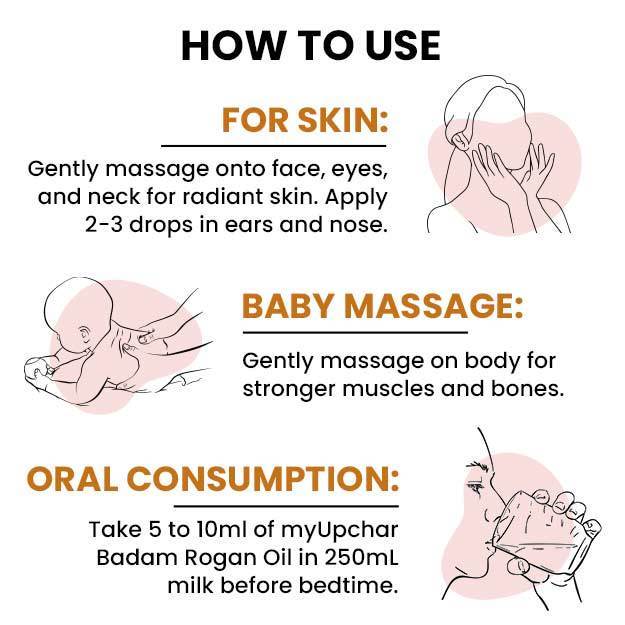Birth weight refers to the weight of the baby measured immediately after being born. It is usually indicated in grams in order to measure even the smallest of changes. If it is measured in kilograms, then it is important to consider the value up to three places after the decimal point. Birth weight is an important parameter in a baby’s life as lower birth weight babies are at greater risk of mortality, complications and later life outcomes. The third-trimester ultrasound, or the latest ultrasound conducted before delivery, provides an estimated birth weight (EBW), which can help guide anticipatory measures to allow a smooth complication-free birth. Estimated birth weight (EBW) also allows parents and doctors of newborns that are small for gestational age (SGA) to prepare for the care necessary. Besides ultrasound measurements, on each antenatal checkup, the obstetrician measures the fundal height or size of the growing uterus inside the belly. The measured values of the uterus position are compared to the expected height for the given weeks of gestation. If these two values correspond, usually it is given that the baby is growing adequately. However, it should be noted that after 36 weeks of pregnancy, a phenomenon called “lightening” occurs, which is associated with the uterus descending downwards into the pelvis and the overall fundal height of the uterus reducing. Sometimes a smaller pregnant belly is not due to a smaller baby but because of other reasons like reduced amniotic fluid. Birth weights vary with ethnicities and babies of Asian descent tend to weigh slightly lesser on average than those of European ancestry. However, birth weight is described within a range to allow for genetic variations. The normal birth weight for a baby is between 2,500 and 4,500 grams. Babies weighing under 2,500 grams are regarded as low birth weight babies and those weighing over 4,500 grams are regarded as high birth weight or macrosomic babies. Broadly speaking, there are two main types of low birth weight babies — those born preterm (before 37 completed weeks of gestation) or those born at term or beyond but small for gestational age (SGA).
99% Savings - Buy Just @1 Rs
X

- हिं - हिंदी
- En - English
- Treatment
-
- Skin Issues
- Acne
- Fungal Infection
-
- Hair Problems
- Hair Growth
- Hair Dandruff
- Self-Analysis
-
- Chronic Diseases
- Diabetes
- Heart Care
- Weight Loss
- Sleep Support
- Liver Care
- Stress & Anxiety
- Our Brands
- Doctor Consultation
- Medicine A-Z
-
Health A-Z
-
- Treatments
- Home Remedies
- Herbs
- Surgery
- Lab Test
- Therapy
- First Aid
- Ayurveda
- Homeopathy
-
- Yoga And Fitness
- Fitness
- Yoga
- Weight Loss
- Weight Gain
-
- Other Topics
- Baby Names
- Beauty
- Healthy Foods
- Tips
- Health News
- Pet Health
- Men Health
- Medical Cannabis
- Login / Sign Up
































